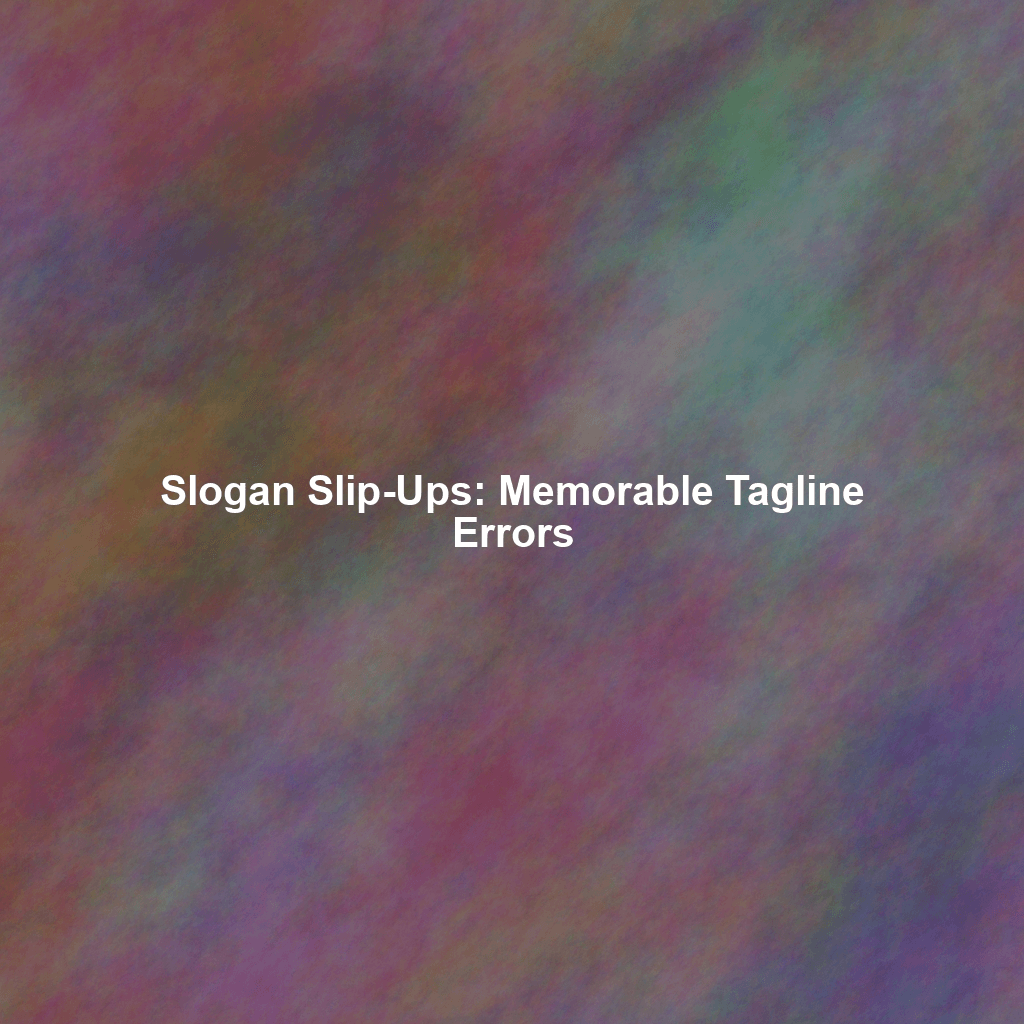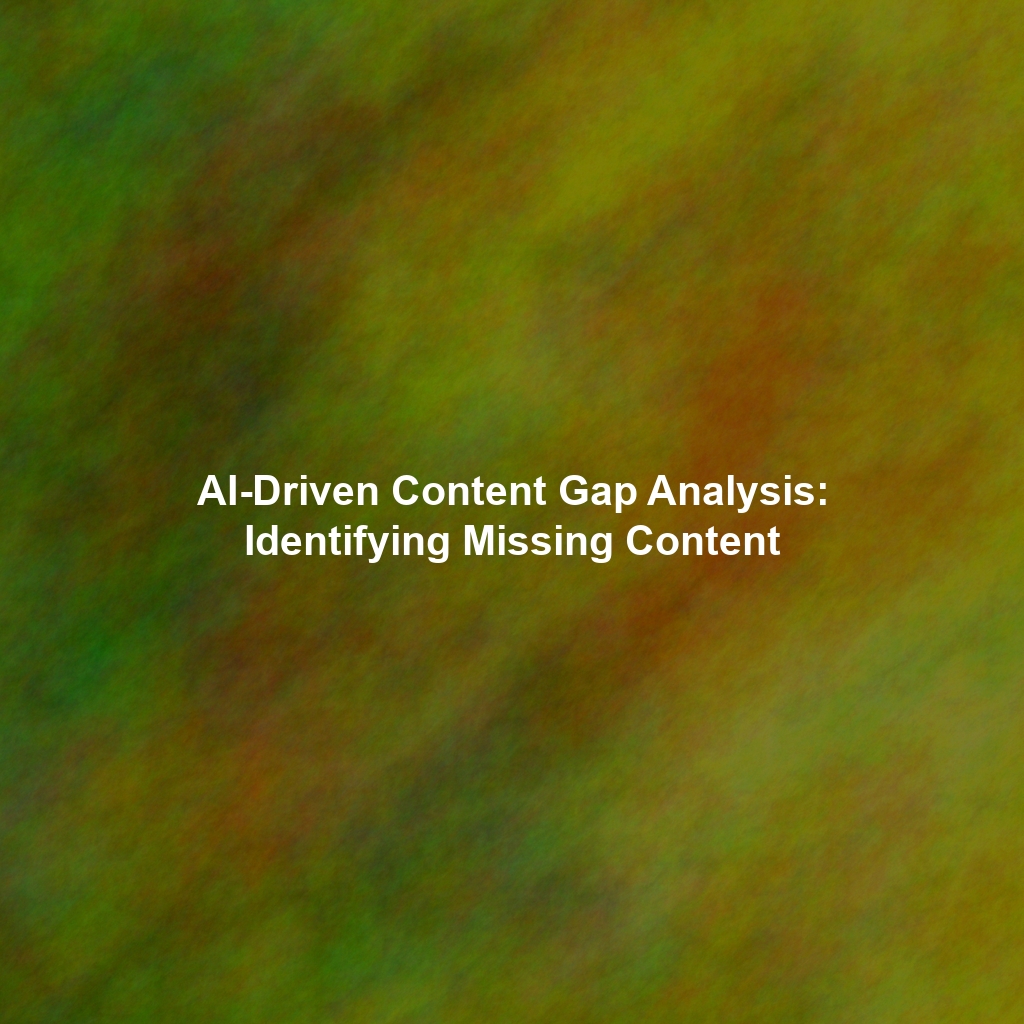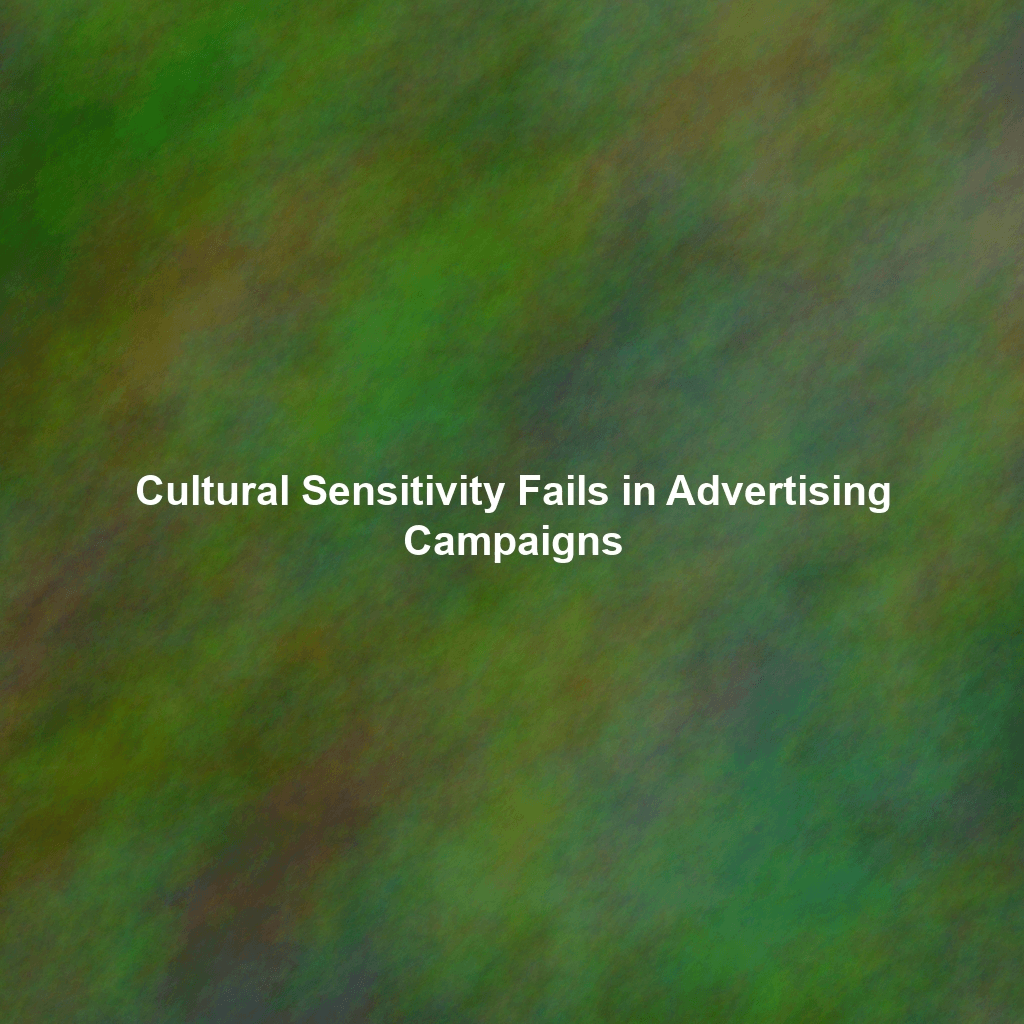However, the pursuit of that perfect tagline is fraught with potential pitfalls. A poorly conceived slogan can be confusing, tone-deaf, or even downright offensive. And in an increasingly globalized marketplace, the stakes are even higher. What resonates in one culture might be utterly incomprehensible – or worse, deeply insulting – in another. This article delves into the fascinating and often hilarious world of slogan slip-ups, exploring some of the most memorable tagline errors that have cost companies millions and tarnished brand reputations.
Lost in Translation: When Global Ambitions Go Wrong
One of the most common sources of slogan slip-ups is translation. The complexities of language, cultural nuances, and idiomatic expressions mean that a direct translation can often miss the mark spectacularly. Here are a few examples that highlight the perils of assuming a slogan will translate seamlessly across borders:
1. Braniff Airlines: “Fly Naked”
Braniff Airlines aimed to entice Spanish-speaking customers to fly in their luxurious leather seats. Their slogan, “Fly in Leather,” was translated into Spanish as “Vuela en Cuero.” Unfortunately, “cuero” can also mean “naked” in some Latin American countries. The result? “Fly Naked,” a tagline that likely raised more eyebrows than ticket sales.
2. Coors: “Turn It Loose”
Coors beer attempted to translate their slogan, “Turn It Loose,” into Spanish. They ended up with “Suffer From Diarrhea.” Needless to say, this wasn’t the message they were hoping to convey to potential consumers. The blunder underscored the importance of not just translating words, but also understanding their connotations and cultural context.
3. Pepsi: “Bring Your Ancestors Back From the Dead”
Pepsi’s slogan, “Pepsi Brings You Back to Life,” was translated into Chinese with less than ideal results. The translated version roughly meant, “Pepsi Brings Your Ancestors Back From the Grave.” While resurrection might sound appealing in some contexts, suggesting the resurrection of deceased ancestors wasn’t exactly a winning marketing strategy in China.
4. KFC: “Eat Your Fingers Off”
KFC’s famous slogan, “Finger-Lickin’ Good,” faced a similar fate in China. The initial translation came across as “Eat Your Fingers Off,” a rather unappetizing proposition, even for the most enthusiastic fried chicken fan. Thankfully, the company quickly realized the error and revised the translation.
5. Colgate: “Cue” in France
Colgate launched a toothpaste in France called “Cue”. Unfortunately, “Cue” was also the name of a popular pornographic magazine in France. This created a rather unfortunate association that severely hampered the product’s success.
Cultural Misunderstandings: Beyond Translation
Slogan slip-ups aren’t always about literal translation errors. Sometimes, a slogan can be perfectly translated but still fail to resonate – or even offend – due to cultural differences in values, beliefs, and sensitivities.
1. Vicks: Offending Religious Sentiments
Vicks, a well-known brand for cold and flu remedies, faced criticism in India for a commercial that depicted Hindu deities promoting their products. This was seen as disrespectful and culturally insensitive, leading to a boycott and a significant drop in sales. The incident highlighted the importance of understanding religious beliefs and avoiding any actions that could be perceived as sacrilegious.
2. Gerber: Baby Food in Africa
Gerber made the common mistake of assuming that because their packaging featured a baby’s picture and was successful in the US, it would also be successful worldwide. However, in some parts of Africa, companies often put pictures of the *contents* of the jar on the label because many people cannot read. Therefore, consumers were confused as to why there was a picture of a baby on a jar of baby food.
Tone-Deaf Taglines: When Good Intentions Go Awry
Even when a slogan is grammatically correct and culturally appropriate, it can still backfire if it’s perceived as tone-deaf or insensitive to current events or social issues. These kinds of slip-ups often stem from a lack of awareness or a failure to anticipate how a message might be received.
1. Pepsi: Kendall Jenner and the Protest
While not strictly a slogan, Pepsi’s commercial featuring Kendall Jenner seemingly resolving a protest with a can of soda is a prime example of tone-deaf marketing. The ad was widely criticized for trivializing serious social issues and appropriating imagery from real-world protests. The ensuing backlash forced Pepsi to pull the ad and issue a public apology. This demonstrates how vital it is to consider the social climate when launching a campaign.
2. Dove: Racist Ad Campaign
Dove faced a massive backlash after releasing an ad that showed a Black woman removing her shirt to reveal a white woman. The ad was immediately condemned as racist and insensitive, reinforcing harmful stereotypes about beauty and skin color. While Dove claimed the ad was intended to promote diversity, it was widely interpreted as suggesting that white skin was “cleaner” or “better.”
3. DiGiorno: #WhyIStayed Hashtag Fail
DiGiorno Pizza learned the hard way about the importance of understanding the context of a hashtag. They used the hashtag #WhyIStayed to promote their pizza, seemingly unaware that the hashtag was being used to share stories of domestic violence survivors. The resulting outrage forced DiGiorno to issue a swift apology and remove the insensitive tweet.
Unintentional Humor: When Taglines Take on a Life of Their Own
Sometimes, a slogan isn’t offensive or culturally insensitive, but it’s simply…awkward. These taglines often become the subject of ridicule and unintentional humor, damaging a brand’s credibility and making it difficult to be taken seriously.
1. Frank Perdue: “It Takes a Tough Man to Make a Tender Chicken”
While effective in its time, Frank Perdue’s famous tagline, “It Takes a Tough Man to Make a Tender Chicken,” became a comedic target. The slogan, featuring Perdue himself, was often parodied and used in jokes, highlighting the absurdity of the statement.
Lessons Learned: Avoiding Slogan Slip-Ups
So, what can companies do to avoid these embarrassing and costly slogan slip-ups? Here are a few key takeaways:
- Invest in thorough research: Before launching a slogan in a new market, conduct extensive research to understand the local language, culture, and social norms.
- Use professional translators: Don’t rely on machine translation or bilingual employees who lack marketing expertise. Hire professional translators who are native speakers and have a deep understanding of cultural nuances.
- Get feedback from locals: Test your slogan with focus groups or individuals from the target market to get their honest opinions and identify any potential issues.
- Consider the broader context: Be aware of current events, social issues, and sensitivities when developing a slogan. Avoid anything that could be perceived as tone-deaf or insensitive.
- Don’t be afraid to adapt: If your slogan doesn’t translate well or resonate with the target audience, be willing to adapt it or create a new one specifically for that market.
- Multiple Stakeholder Review: Ensure that people from diverse backgrounds are reviewing the marketing material to catch potential issues.
Conclusion: The Art and Science of the Perfect Slogan
Crafting a memorable and effective slogan is both an art and a science. It requires creativity, strategic thinking, and a deep understanding of the target audience. While there’s no foolproof formula for success, avoiding the pitfalls of translation errors, cultural misunderstandings, and tone-deafness is crucial. By investing in thorough research, using professional translators, and seeking feedback from locals, companies can significantly reduce the risk of slogan slip-ups and create taglines that resonate with their target audience and drive brand success.
The best slogans, as demonstrated by the examples mentioned at the start, are simple, memorable, and directly related to the core value proposition of the brand. If those factors are considered, then there is a higher chance of success.
 Skip to content
Skip to content

